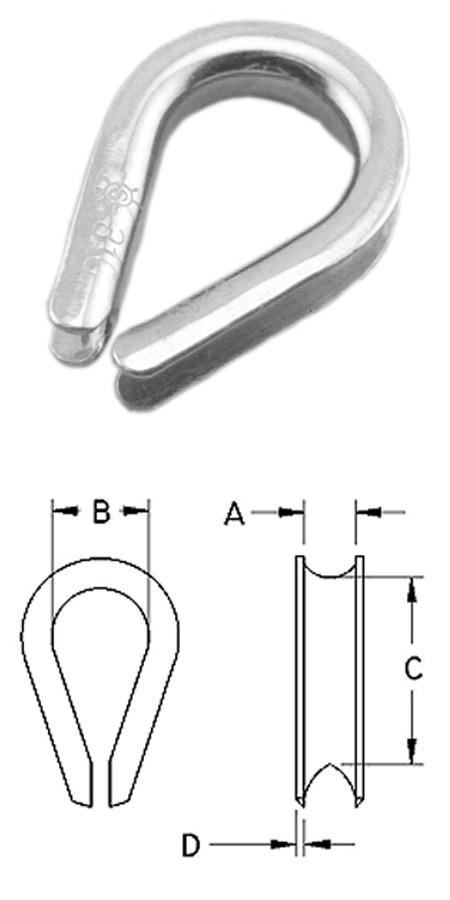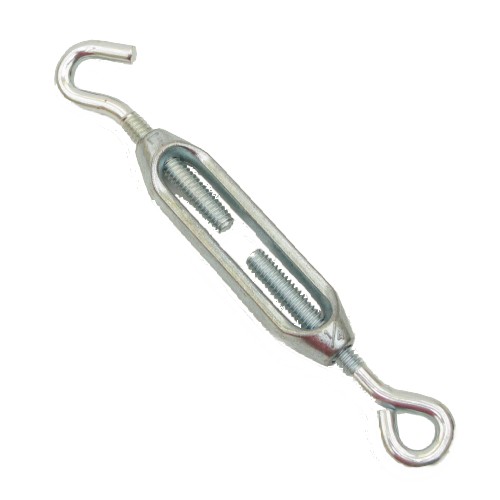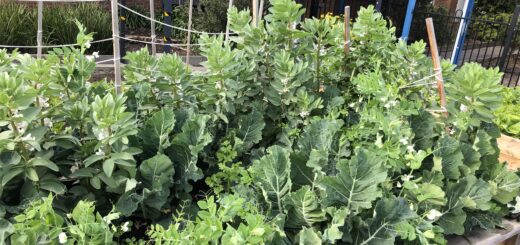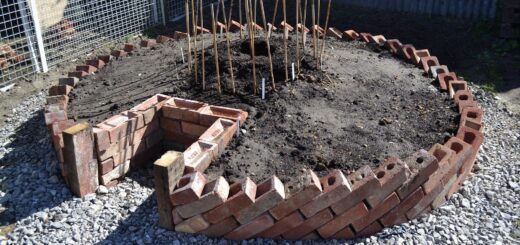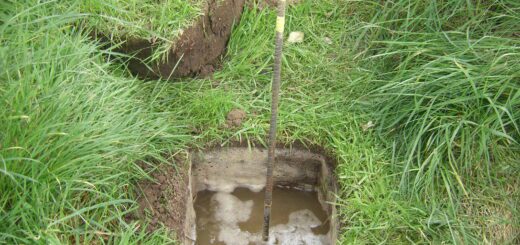Installing an espalier system using catenary wire and wire fittings
A common method of espaliering fruit trees uses wooden posts, turnbuckles, thimbles and wire. The fittings can be nickel plated, galvanised or stainless steel. The turnbuckles have as end connectors, metallic jaws, hooks or eyes, as shown below. I usually utilise turnbuckles with an eye one end and hook the other. The system is known as a catenary wire installation.
- A thimble
- A Galvanised Hook & Eye Turnbuckle
- A Wire Rope Grip
The catenary supports tree branches while they are being espalier-trained. Eventually the branches intertwine and support themselves, making it possible to remove the wires.
A sequence of constructing an espalier system is as follows:
Wood posts;
- Eye screw inserted into pilot hole in post, and turned until tight, and left in ‘vertical’ position
- Thimble inserted into the eye screw. Eye screws are screwed into holes drilled in the post
- Wire inserted into thimble, with about 200mm looped out of the end
- Wire twisted back on itself, using a wire tying tool
- Wire rope grips (2 of) positioned on the twisted wire, one at thimble end, one 50mm from the other end, and tightened, using nut spanner or multigrips
- The wire run to the other post, which is also fitted with eye screw, thimble, turnbuckle and rope grips. Wire pulled taut onto thimble, and lightly tightened by pulling and then fitting via wire rope grips (2 off). Turnbuckle set up initially with adjustment threads open (turnbuckle is slack with no tension). Initial tension is by pulling only. Once initial tension is set up and all fittings tightened, the turnbuckle can be adjusted (by hand) to apply tension to the wire.
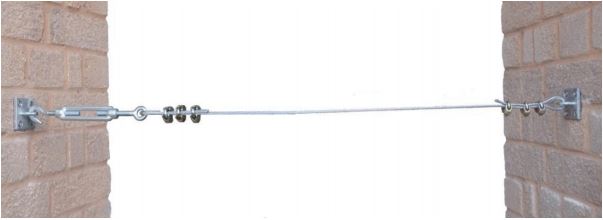
Installation of 4mm catenary system
Steel posts;
- Eye bolt inserted into machined hole in post, and turned until tight, and left in ‘vertical’ position
- Thimble inserted into the eye screw
- Wire inserted into thimble, with about 200mm looped out of the end
- Wire twisted back on itself, using a wire tying tool
- Wire rope grips (2 off) positioned on the twisted wire, one at thimble end, one 50mm from the other end, and tightened, using nut spanner or multigrips
- The wire run to the other post, which is also fitted with eye bolt, thimble, turnbuckle and rope grips. Wire pulled taut onto thimble, and lightly tightened by pulling and then fitting via wire rope grips (2 off). Turnbuckle set up initially with adjustment threads open (turnbuckle is slack with no tension). Initial tension is by pulling only.
- Once tension is set up and all fittings tightened, the turnbuckle can be adjusted (by hand) to apply tension to the wire.
*You may need to re-tighten your wire every now and again – this is quite simply done by adjusting the wire in the thimble and re-tightening the rope grips.
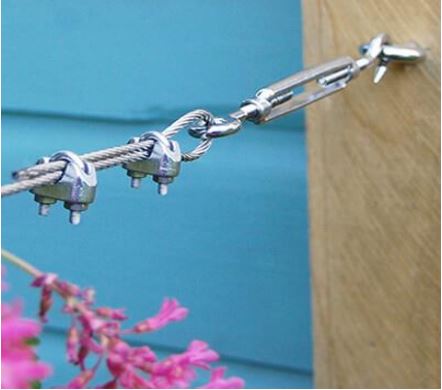
An example of a Plant Training Wire Kit
A basic wire plant support kit allows you to easily form a wide range of ambitious plant training layouts to your own design (say from Bunnings). Fittings supplied are designed to work together and are manufactured from high quality long lasting stainless or galvanised steel making it perfect for your garden or any outdoor application.
This system can be used to form a lattice as part of a pergola or canopy –
- For woody vines or plants such as Wisteria
- A green wall system for training of Ivy
- As part of a decorative façade
- Grapevine supports for your vineyard
- An espalier for fruit bearing trees
or for just about any plant support applications you could desire – the only limit is your imagination!
You can download the Espalier System Fitting PDF worksheets, as well as Peter Coppin‘s Espalier PDF here.

